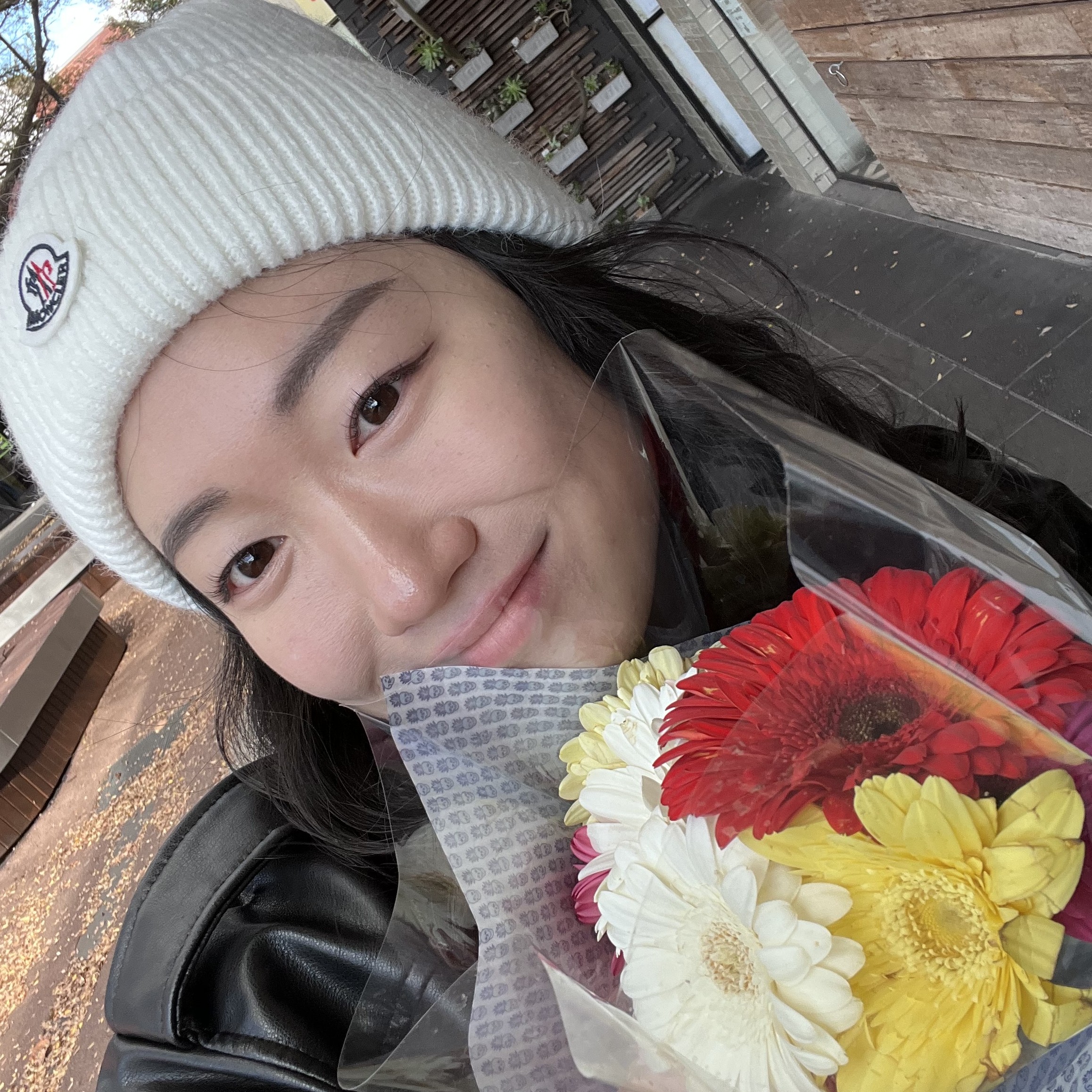addEventListener() vs onclick
Updated:
Both addEventListener() and onclick listen for an event, and execute a callback function when a button is clicked.
Callback function
- A callback function is passed into another function as an argument, and it enables handling sequential execution of functions.
- Used when we want to execute a function right after the return of some other function
addEventListener()
- Method; Attaches an event handler to the specified event
- Syntax:
element.addEventListener(event, listener, useCapture);event: Any valid JS event without the “on” prefix (i.e. “click” instead of “onclick”)listener: A callback function that responds to the event that occursuseCapture(optional): A Boolean value that specifies whether the event should be executed in the capturing phase, false for standard
- Can have multiple event handlers applied to the same event
function removeElement(id) {
// Remove the element by its id
document.getElementById('todo' + id).remove();
}
newButton.addEventListener("click", function() {removeElement(i)});
// The following does not work since the return value is not valid. (removeElement() returns void)
newButton.addEventListener("click", removeElement(i))
onclick
- Property of an object that can be overwritten
- Control of scope is limited, but simple and direct
- Syntax:
object.onclick = function(){ /*myScript*/ };
newButton.onclick = function() {removeElement(i)};
Major difference
addEventListener |
onclick |
|---|---|
| Can add multiple events to a particular element | Can add only a single event to an element (overwritten) |
| Can take a third argument that can control the event propagation | Event propagation cannot be controlled |
| Can only be added within | Can be added as an HTML attribute also |

Leave a comment